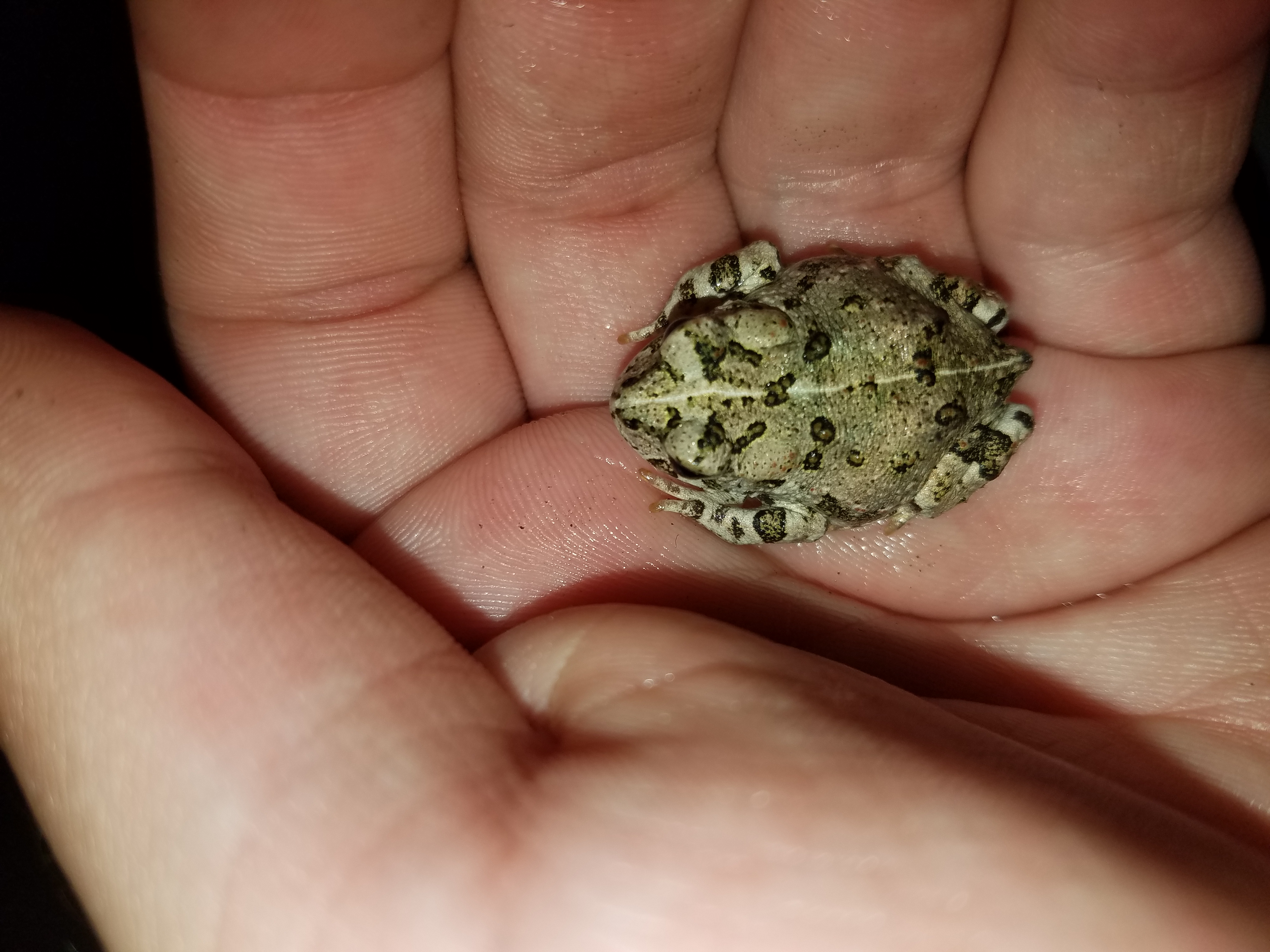California toad on:
[Wikipedia]
[Google]
[Amazon]
The California toad (''Anaxyrus boreas halophilus'') is a subspecies of the western toad, along with the boreal toad. The California toad lives throughout the state of
 The California toad occurs from all of
The California toad occurs from all of
California
California () is a U.S. state, state in the Western United States that lies on the West Coast of the United States, Pacific Coast. It borders Oregon to the north, Nevada and Arizona to the east, and shares Mexico–United States border, an ...
, with the exception of south-eastern desert regions. Like the boreal toad, it feeds on a wide variety of insects and other invertebrates. Its diet includes grasshoppers, beetles, flies, and mosquitos.
Etymology
The scientific name is ''Anaxyrus boreas halophilus''. Boreas is from theGreek
Greek may refer to:
Anything of, from, or related to Greece, a country in Southern Europe:
*Greeks, an ethnic group
*Greek language, a branch of the Indo-European language family
**Proto-Greek language, the assumed last common ancestor of all kno ...
word ''boreas'' which means “north wind” or “northern”, ''halophilus'' from the Greek ''halos'' meaning “sea” or “salt”, and ''philos'' meaning “having affinity for”.
Identification
The California toad is less blotched (reduced dorsal melanin) than the boreal toad. It has a wider head, larger eyes, smaller feet, and a weaker development of the margins along the dorsal stripe. The largest western toad larvae at 56 mm is also of the California toad. The toad has a wide range of dorsal coloration, from light gray to green to dull black; most however are brownish gray. The California toad, as a western toad, walks rather than hops. The adult size range is two to five inches.Habitat and distribution
 The California toad occurs from all of
The California toad occurs from all of Northern California
Northern California (commonly shortened to NorCal) is a geocultural region that comprises the northern portion of the U.S. state of California, spanning the northernmost 48 of the state's List of counties in California, 58 counties. Northern Ca ...
and down south into Baja California
Baja California, officially the Free and Sovereign State of Baja California, is a state in Mexico. It is the northwesternmost of the 32 federal entities of Mexico. Before becoming a state in 1952, the area was known as the North Territory of B ...
. There are scattered populations in isolated desert areas, such as in the Mojave Desert
The Mojave Desert (; ; ) is a desert in the rain shadow of the southern Sierra Nevada mountains and Transverse Ranges in the Southwestern United States. Named for the Indigenous peoples of the Americas, indigenous Mohave people, it is located pr ...
, but they generally do not occur in the desert areas from Death Valley
Death Valley is a desert valley in Eastern California, in the northern Mojave Desert, bordering the Great Basin Desert. It is thought to be the Highest temperature recorded on Earth, hottest place on Earth during summer.
Death Valley's Badwat ...
southward. The habitats for the California toad range from woodland, grassland, and meadows in forest areas to backyards and parks in the suburbs. It breeds in lakes, creeks, ponds, reservoirs, slowly flowing streams, and canals.
Reproduction
The California toad breeds from January to July, with later spawning occurring at higher elevations. Many populations are aggregation breeders that come to suitable marsh or pond spawning sites in large numbers. Here males recognize females through randomamplexus
Amplexus (Latin "embrace") is a type of Mating, mating behavior exhibited by some External fertilization, externally fertilizing species (chiefly amphibians, Amphipoda, amphipods, and horseshoe crabs) in which a male grasps a female with his fro ...
. Eggs number over 16,000 per female and are laid in strings in shallow water.Stebbins, Robert C. and Samuel M. McGinnis. 2012. Field Guide to Amphibians and Reptiles of California. Oakland, CA: University of California Press. . Page 172.
References
{{Taxonbar, from=Q18148064 Fauna of California Fauna of the Western United States Anaxyrus